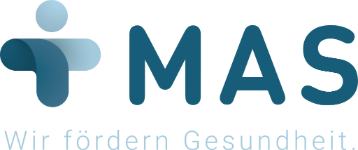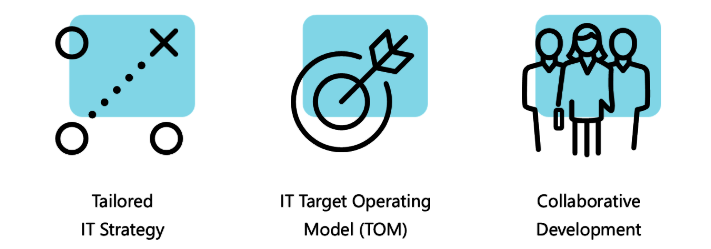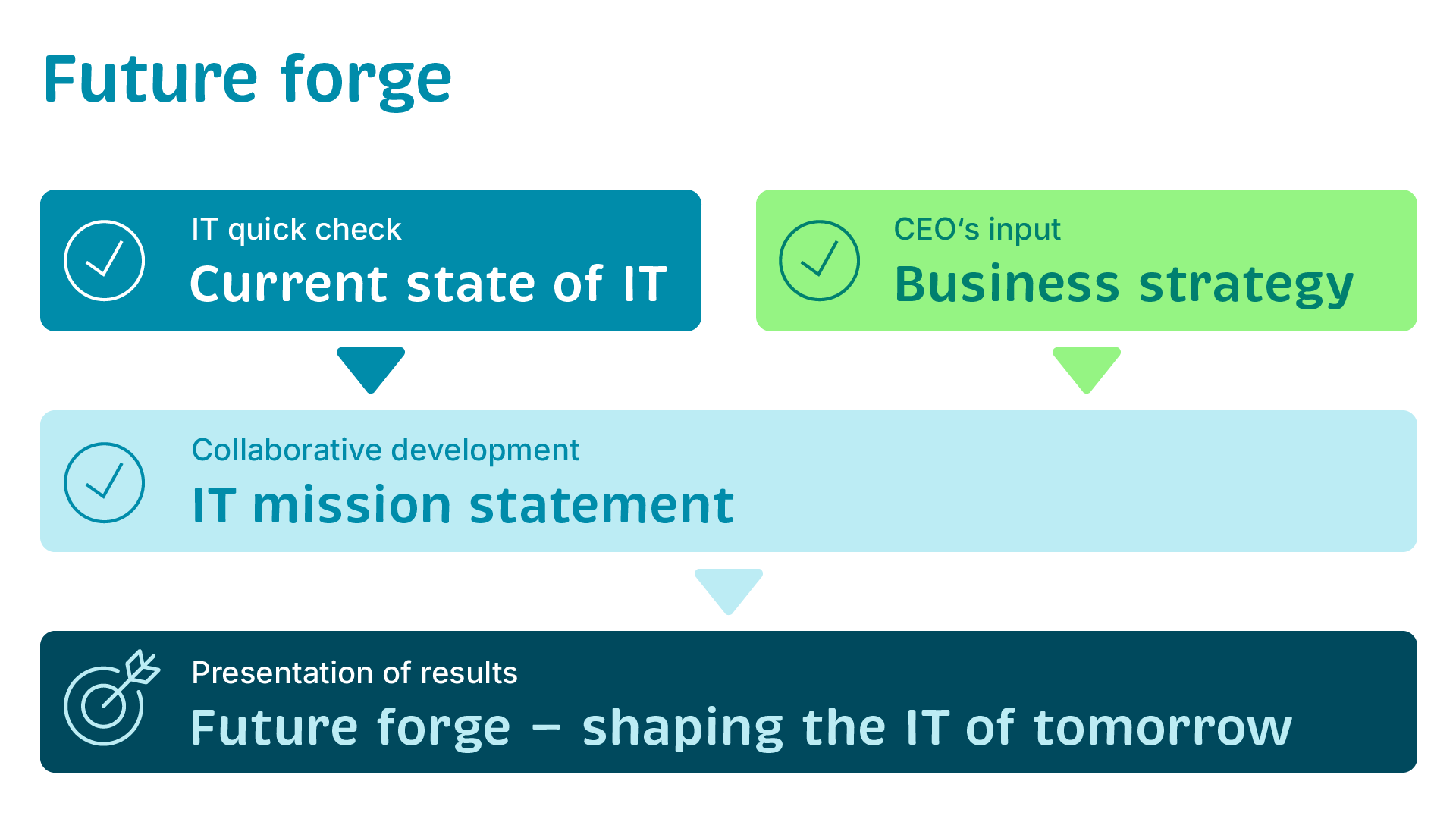Medical Airport Service GmbH (MAS), based in Mörfelden-Walldorf near Frankfurt, has set out to fundamentally revamp its IT organization to meet the needs of a successfully growing business. The consultancy specializing in occupational health and safety identified the need for an external perspective on its naturally evolved IT structures. It was important to find a service provider who also understood the complexity of such deeply transformative projects.
MAS decided to bring on board Campana & Schott (CS), a management and technology consultancy experienced in IT strategy and management. The result was the design of an IT Target Operating Model (TOM) precisely tailored to the needs and conditions of MAS.
TOM for Further IT Professionalization
Gain deeper insights into the project below.

- Industry: Consulting for occupational health and safety
- Number of Employees: 400
- Headquarters: Mörfelden-Walldorf (near Frankfurt)
- Locations: 15 locations nationwide
- Website: www.medical-airport-service.de

Founded in 1998 in Frankfurt, MAS initially served the Frankfurt airport as its main client. Today, the consultancy operates 15 locations across Germany and has established itself as a renowned and reliable provider of high-quality occupational health and safety services.
As part of the "Future Forge" project, MAS aimed to achieve the next growth spurt in its IT organization. The goal was to develop an IT that could meet both current and future needs. MAS considered it essential to enable its IT to identify important impulses, trends, and innovations in the context of IT priorities for the company.
Together with the IT management experts from Campana & Schott, two offers were implemented in quick succession: the development of an IT target image and a roadmap, followed by the development of the complete IT organization (TOM).
Success Factors
- IT Expertise: Strategy & Implementatio – The IT consultants from CS combined their technical IT understanding with expertise in IT management and organizational change. This combination enabled the development of a technically feasible TOM, with implementation considered from the outset.
- Listening – CS has experience from numerous IT strategy development projects. At the same time, every client, every organization, and thus every project is different. It was therefore essential to first understand MAS in detail and address its needs.
- Collaboration – At every stage of the project, CS made it a priority to involve MAS's contacts in the solution development. This approach increased acceptance of the change and resulted in a solution precisely tailored to the client's specific requirements.
- Change Management – An IT reorganization is a project that deeply impacts the company's structure, processes, and employees' work methods. It was therefore important for CS not only to find the most technically suitable solution but also to always consider the impact of the transformation on MAS's employees.
Project Phase 1: Current State Analysis & Vision
In just two months, three IT consultants from CS gained a precise understanding of the current state of MAS's IT organization. Together with the client's contacts, they developed an IT target image to guide the future IT organization.

Step: IT Quick Check
The CS team first needed to understand MAS's current IT situation in detail. An IT Quick Check was conducted to assess the existing IT organization and perform a maturity analysis. The focus was also on understanding the business's requirements for IT.
Step: IT Vision
With the results of the IT Quick Check, the focus shifted to the future. In workshops with MAS, a desirable target state was described, and an IT vision was developed.
Step: Recommendations for Action
The results of the Quick Check were compared with the IT vision. This comparison led to concrete measures for the areas of services, processes, organization, people, and governance.
Project Phase 2: Target Operating Model (TOM)
Based on the previously defined IT vision, a three-person consulting team from CS, together with MAS's IT department, developed a tailored IT Target Operating Model in just under three months.
The project went through the following steps:
- Conducting setup and kick-off
- Conducting analysis and interviews
- Defining the service portfolio
- Defining IT in-house production depth
- Defining the IT process landscape
- Defining the IT organization
- Defining the IT role concept
- Defining the IT committee structure
- Conducting the final presentation
Result: TOM Ready for Implementation
Thanks to the two-phase approach, which first allowed for an assessment and then the development of a vision for the future IT organization, a tailored IT Target Operating Model was developed for MAS. This model aims to optimize the current IT organization and establish close collaboration between IT and business. This enables MAS to act as an innovation driver for the business in the future.

Components of the New IT TOM for MAS:
- Organization of IT into four teams: IT infrastructure, business applications, IT service, and IT governance
- Definition of a service portfolio through the introduction of service-oriented work and the definition of services; clear delineation of services and assignment of responsibilities
- Optimization of IT in-house production depth through outsourcing of commodities
- Definition of required skills and processes within and outside IT; assignment of responsibilities for these skills
- Establishment of an IT role concept
- Establishment of a comprehensive committee and board structure – both within IT and between business and IT
- Close integration of IT and business through the establishment of stakeholder management, the development of business partnering, and the involvement of business in IT processes
Would you also like to take the next step with your IT organization?
Learn more about our IT Strategy & Management offerings or contact us directly!
